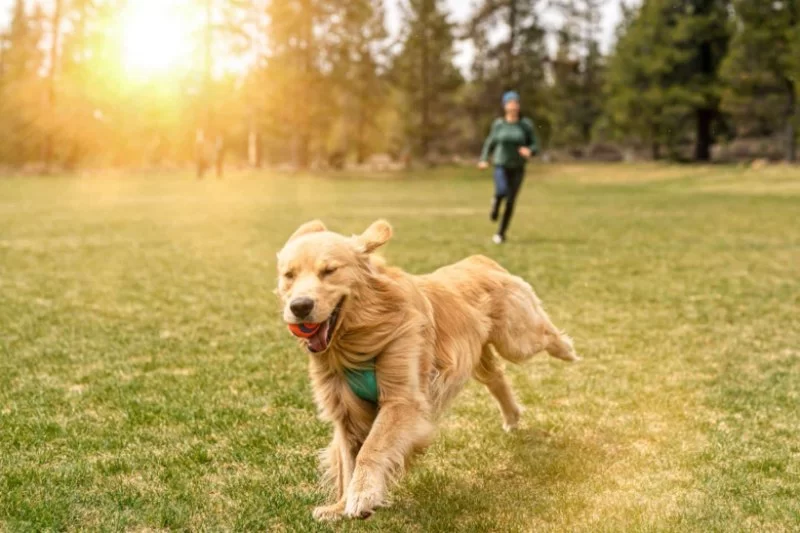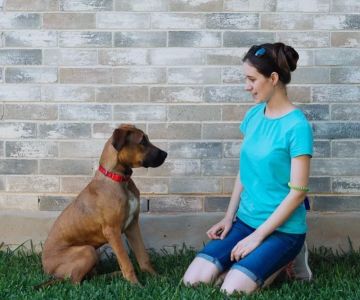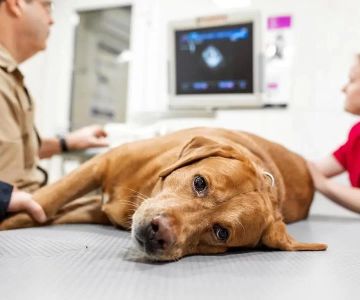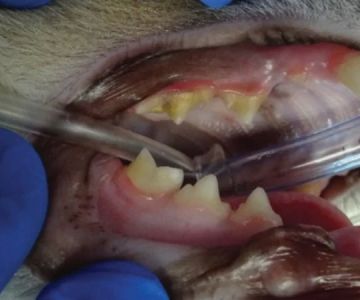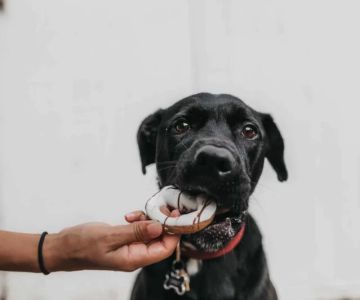1. Why Overheating is a Concern for Dogs
Summer is a great time for outdoor activities, and many pet owners enjoy taking their dogs on long walks. However, the warmer weather also brings the risk of overheating, which can be dangerous for dogs. Unlike humans, dogs don’t sweat through their skin. Instead, they rely on panting to regulate their body temperature. When temperatures soar, it becomes more challenging for dogs to cool down, and this can lead to heat exhaustion or heatstroke.
1.1 How Heat Affects Dogs
Dogs have a much higher body temperature than humans, and they can suffer from heat-related illnesses more easily. When a dog becomes overheated, its organs can be damaged, and their overall health can quickly deteriorate. That’s why it's crucial for pet owners to recognize the signs of overheating during summer walks and take steps to prevent it from happening.
2. Common Signs of Overheating in Dogs
Recognizing the early signs of overheating in dogs can make a significant difference in preventing serious health issues. Here are some common signs to watch for:
2.1 Excessive Panting
While panting is a normal way for dogs to cool off, excessive panting is a clear indication that your dog is struggling to regulate its body temperature. If your dog’s breathing becomes unusually rapid or labored during a walk, it’s time to stop and find a cooler area.
2.2 Drooling
Excessive drooling is another common sign that a dog is overheating. Dogs that are too hot may begin to drool more than usual as their body works harder to regulate their temperature. If the drooling is accompanied by other signs of heat stress, it’s essential to take immediate action.
2.3 Weakness or Lethargy
If your dog starts to slow down, appear wobbly, or show signs of weakness, this could be a sign of overheating. Heat exhaustion can cause dogs to feel extremely tired and weak, making them less responsive to their surroundings. If your dog seems unusually tired or unwilling to continue walking, it’s time to take a break and cool down.
2.4 Vomiting and Diarrhea
In more severe cases of overheating, dogs may experience gastrointestinal distress, including vomiting or diarrhea. These symptoms can be a sign that your dog is suffering from heatstroke, which is a medical emergency. If you notice these signs, get your dog to a cool environment immediately and contact a veterinarian.
2.5 Rapid Heartbeat
A fast or irregular heartbeat is another serious symptom of overheating. When a dog is overheated, its heart has to work harder to circulate blood and cool the body down. A rapid heartbeat can indicate that the dog’s body is struggling to cope with the heat.
3. How to Prevent Overheating During Summer Walks
While some dogs may be more prone to overheating than others, there are steps that every pet owner can take to help prevent overheating during summer walks:
3.1 Walk During Cooler Hours
The best way to prevent overheating is to schedule walks during the cooler parts of the day, such as early mornings or late evenings. The midday heat can be particularly intense, so avoiding walks during this time can help reduce the risk of heat-related issues.
3.2 Bring Water for Your Dog
Always bring water with you when walking your dog in hot weather. Keeping your dog hydrated is essential to help regulate their body temperature. Offer your dog small amounts of water frequently during the walk, especially if the weather is particularly hot.
3.3 Choose Shaded Routes
If possible, choose walking routes that provide plenty of shade. Trees, buildings, and other structures can offer protection from the sun, making the walk much more comfortable for your dog. Avoid walking on hot pavement, as it can burn your dog’s paws and increase the risk of overheating.
3.4 Keep Walks Short and Frequent
If you’re walking your dog in the summer heat, consider shorter, more frequent walks rather than long, exhausting outings. This will give your dog time to cool down between walks and avoid overheating during more extended activities.
4. What to Do if Your Dog Shows Signs of Overheating
If you notice any of the signs of overheating in your dog, it’s important to take immediate action. Here’s what you should do:
4.1 Move to a Cooler Area
The first step is to stop walking and move your dog to a cooler, shaded area. If possible, bring your dog inside where the temperature is controlled. A fan or air conditioning can also help cool them down quickly.
4.2 Offer Water
Give your dog small sips of cool water to help rehydrate. Do not give them ice-cold water, as it may cause shock. Water at room temperature is the best option to help regulate your dog’s temperature.
4.3 Apply Cool Compresses
If your dog is showing signs of severe overheating, you can apply a cool, damp towel to their neck, armpits, and groin area. These areas are where blood vessels are closest to the surface, and cooling them down can help lower your dog’s overall body temperature.
4.4 Seek Veterinary Help
If your dog’s condition doesn’t improve quickly, or if they are exhibiting severe symptoms such as vomiting, diarrhea, or confusion, it’s important to seek immediate veterinary care. Heatstroke can be life-threatening, and a veterinarian can provide necessary treatment to help your dog recover.
5. Conclusion: Keeping Your Dog Safe in the Summer Heat
While summer walks are a great way to exercise and bond with your dog, it’s essential to recognize the signs of overheating and take steps to prevent it. By choosing the right time for walks, staying hydrated, and watching for warning signs, you can ensure that your dog stays safe and healthy during the warmer months. If you’re unsure of what’s best for your dog in hot weather, consult your veterinarian for personalized advice.
For more information or if you need assistance with pet care, visit Hidden Brook Veterinary for expert advice and services.

